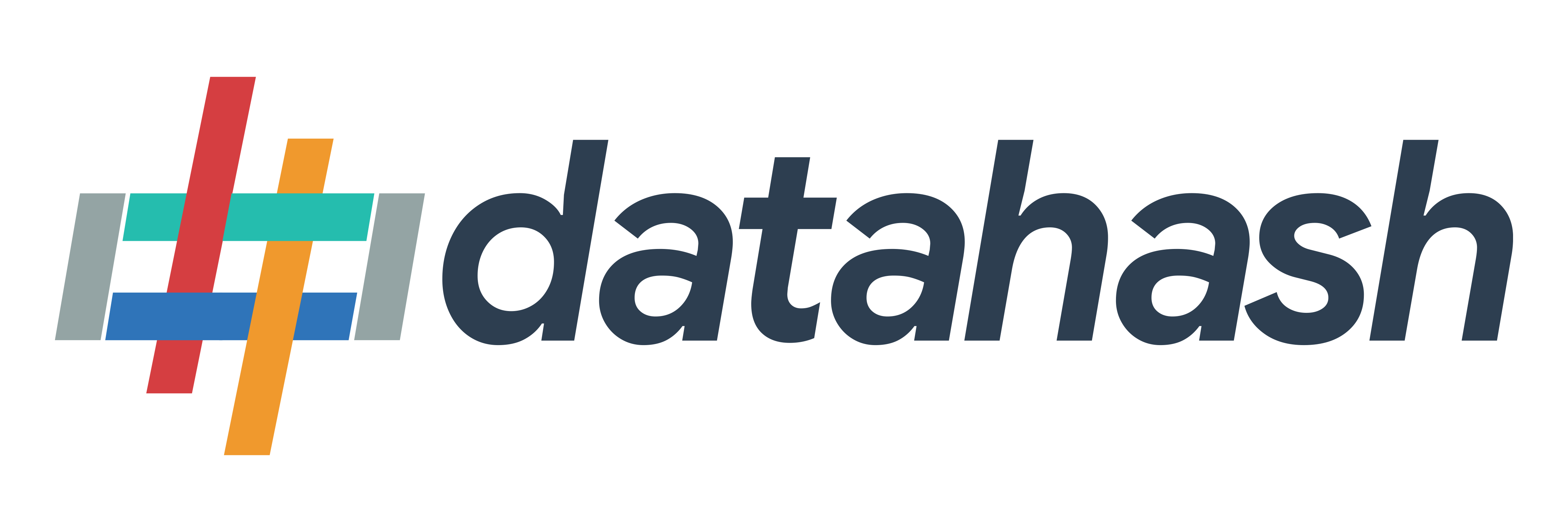Video Walkthrough
Description:
MS Dynamics is a portfolio of intelligent business applications that delivers superior operational efficiency and breakthrough customer experiences. It enables businesses to become more agile and reduce complexity without increasing costs.
Prerequisites:
- An MS Dynamics account
- Dynamics Domain Name
- Web API Endpoint
- Application Client ID
- Tenant ID
- Client Secret
Getting Started:
- Go to https://studio.datahash.com/login
- Enter your credentials to log in.
- Navigate to CRM under the Sources list in the left section.
- Click on the MS Dynamics connector tile.
Authentication
- Choose the type of Client Credentials.
- Provide the following details:
- Dynamics Domain Name: Domain Name for the MS Dynamics 365 account (found in the address bar after login).
- Web API Endpoint: Service URL required for authentication (available in Microsoft Power Apps > Settings > Developer Resources).
- Application Client ID: Unique identifier assigned during Azure Active Directory (AAD) app registration.
- Client Secret: Confidential key used for app authentication with AAD.
- Tenant ID: Unique global identifier for the Azure AD tenant.
- Click on Validate Credentials.
Data Entity Selection
- Choose the data entity as Offline CAPI.
- Provide a name to the connection.
- Click on Next.
Field Mapping & Configuration
- Integration Method
- Webhook: Sends updates when the Offline Event Name column is updated (e.g., lifecycle stage changes).
- API: Sends updates whenever any CRM contact value changes (may result in duplicate entries).
- Select required fields:
- Event: Identifier for the offline event in the CRM.
- Event time: Field indicating the time at which the lead is captured.
- Last Modified Date: Field showing the most recent update time of the lead.
- Personal Information Mapping:
- Map the offline schema to MS Dynamics property names.
- Select the appropriate module for user details.
- Product Mapping:
- Map the offline events schema of the product to MS Dynamics fields.
- Click Test Connection to proceed.
Validation & Setup Completion
- Once validated, you can view the latest leads data as per the mapping.
- Errors (if any) will be shown in the table data.
- Click Finish to complete the setup.
- The connected instance will now be visible on the dashboard.
Adding New Instances and Editing Existing Instances:
Managing Instances
Adding a New Instance
- Start the setup again by selecting the data entity and required fields.
- Provide the required details and click Test Connection.
- Review lead data, resolve errors if shown.
- Click Finish to complete.
- The new instance (e.g., Ads Connection 2) will appear in the connections table.
Editing an Existing Instance
- Open the manage existing instances table and click on the connection name.
- Click the Edit icon (top right corner).
- Update the desired field values.
- Click Test Connection.
- If satisfied, click Finish to save updates.
- If you click Cancel, the previous configuration remains active.












